
Upgrading your car stereo can completely transform your driving experience, enhancing both entertainment and functionality. While most modern car stereo installations use wiring harnesses to simplify the process, there are times when you may need to wire a car stereo without a harness. Whether it's because your car doesn't come with a wiring harness option or you're dealing with a custom installation, learning how to wire your car stereo manually can save you money and give you a sense of accomplishment.
In this comprehensive guide, we will take you through the entire process of wiring a car stereo without a harness. We will approach this topic from a user perspective, considering various factors, common challenges, and solutions that you might encounter during the installation. By the end of this article, you’ll have all the information you need to wire your car stereo without a harness like a pro, and we’ll address common FAQs to help you make informed decisions.
Table of Contents
- Why Wire a Car Stereo Without a Harness?
- Tools and Materials You’ll Need
- Understanding Car Stereo Wiring
- Step-by-Step Guide to Wiring a Car Stereo Without a Harness
- Common Problems When Wiring Without a Harness and How to Avoid Them
- Things to Consider Before Wiring Your Car Stereo Without a Harness
- Alternative Methods for Wiring a Car Stereo
- Can You Use a Wiring Harness with Aftermarket Car Stereos?
- Benefits and Drawbacks of Wiring Without a Harness
- Tips and Tricks for a Successful Installation
- FAQs About Wiring a Car Stereo Without a Harness
- Conclusion
1. Why Wire a Car Stereo Without a Harness?
While many car stereo installations use wiring harnesses, there are instances when wiring without one is necessary or advantageous. The most common reasons are:
- No Wiring Harness Available: Some older car models or custom installations may not have compatible wiring harnesses available.
- Customization: Wiring directly may allow for a more custom setup if you're integrating a unique stereo system with other aftermarket components.
- Cost Savings: If you don't have the budget for a wiring harness or the installation tools, doing it manually can help you save money.
- Learning Experience: Some users prefer doing the installation themselves to learn more about their car’s wiring system and build their skills.
However, wiring without a harness can be more complicated and requires more precision, which is why it's important to proceed carefully.
2. Tools and Materials You’ll Need
Before diving into the process, it’s crucial to gather the necessary tools and materials. These include:
- Wire Strippers: To strip insulation from wires.
- Electrical Tape: To insulate and secure wire connections.
- Soldering Iron and Solder: For creating strong and reliable connections.
- Crimp Connectors: If you prefer not to solder.
- Multimeter: To test voltage and ensure correct wiring.
- Wiring Diagram: A wiring diagram for your specific car model and stereo.
- Butt Connectors: To make solid wire connections without soldering.
- Wire Cutters: To trim wires to the appropriate length.
- Heat Shrink Tubing: For additional insulation and protection of connections.
3. Understanding Car Stereo Wiring
Before beginning, it’s important to understand the basic wiring system in a car stereo. The most common wires you will encounter include:
-
Power Wires: These wires provide power to the stereo, including constant 12V and switched 12V.
- Red Wire: Switched 12V (ignition or accessory power)
- Yellow Wire: Constant 12V (for keeping memory settings like the radio pre-set)
-
Ground Wire: This wire connects to the car’s chassis to complete the circuit.
- Black Wire: Ground wire.
-
Speaker Wires: These wires connect your car’s speakers to the stereo. The colors may vary, but the basic setup includes:
- Front left and right speakers (usually green and purple wires)
- Rear left and right speakers (usually blue and white wires)
-
Antenna Wire: This wire connects to your car's antenna, allowing you to pick up radio signals.
-
Amplifier or Subwoofer Wires: If you're installing an amplifier or subwoofer, you'll need to identify the wires that send the audio signal to these components.

4. Step-by-Step Guide to Wiring a Car Stereo Without a Harness
4.1 Disconnecting the Car Battery
The first and most important step is to disconnect the car battery. This will prevent any electrical short circuits or shocks while working on your vehicle’s electrical system.
- Locate the negative terminal of the battery (usually marked with a minus sign) and loosen the nut to disconnect it. Always disconnect the negative terminal first to minimize risk.
4.2 Locating the Stereo Wires
Next, you’ll need to locate the wires in your car’s dashboard that connect to the stock stereo. These wires can usually be found behind the stereo mounting bracket or in the wiring bundle leading to the original head unit.
- Tip: Refer to your car’s wiring diagram to ensure you're locating the correct wires. Car manufacturers often use different color coding, so it's essential to get this right.

4.3 Identifying Your Stereo’s Wires
Now it’s time to identify the wires from the aftermarket stereo. Most aftermarket car stereos come with a set of color-coded wires. These wires typically follow a standard:
- Red: Ignition/12V switched power
- Yellow: Constant 12V power
- Black: Ground
- Blue: Power antenna or amplifier remote
- White/Gray: Front left/right speaker (positive/negative)
- Green/Purple: Rear left/right speaker (positive/negative)
Once you’ve identified the wires, make sure you have a clean, clear working area.
4.4 Preparing the Wiring
Using wire strippers, carefully strip off about 1/2 inch of insulation from the end of each wire. Take care not to damage the wire itself. You will need to expose enough wire to make a secure connection.
- Tip: Make sure you only strip the wire you’re working with and avoid stripping too much length as it could lead to unnecessary exposed wires.
4.5 Splicing the Wires
Now, you’ll need to splice the corresponding wires from the stereo and your car’s wiring. It’s important to use the correct splicing technique to ensure a solid connection.
- For soldering: Twist the exposed wires together, then apply solder with a soldering iron to create a strong bond.
- For crimp connectors: Place the exposed wires inside the connector and use crimping pliers to secure the wires in place.
4.6 Connecting the Wires to the Stereo
Once the wires are securely connected, use electrical tape or heat shrink tubing to insulate the connections. This prevents shorts and keeps everything protected.
- Grounding: Ensure that the black ground wire from the stereo is securely attached to the car’s metal chassis. This is essential for the proper operation of the stereo.

4.7 Testing the Stereo
Before you put everything back together, test the stereo to make sure everything works as expected:
- Check if the stereo powers on.
- Test the speakers by playing audio.
- Verify that steering wheel controls and other integrated features work.
4.8 Finalizing the Installation
Once you’re satisfied that everything is functioning correctly, reassemble the stereo mount and ensure that all components are securely in place. Reconnect the car battery, and you’re ready to enjoy your new car stereo!
5. Common Problems When Wiring Without a Harness and How to Avoid Them
When wiring without a harness, some common issues you may encounter include:
- Incorrect wiring: Double-check that each wire is connected to the correct terminal.
- Loose connections: Ensure that your connections are secure to avoid power loss or static in the audio.
- Overheating: Make sure that your wiring is properly insulated to prevent overheating or short-circuiting.
6. Things to Consider Before Wiring Your Car Stereo Without a Harness
6.1 Compatibility
Ensure the aftermarket car stereo is compatible with your vehicle. Some cars may require specific adapters or wiring solutions for proper integration.
6.2 Safety Concerns
Always follow safety protocols when working with your car’s electrical system, including disconnecting the battery and wearing protective gloves and glasses.
6.3 Car Warranty Issues
If your car is under warranty, installing an aftermarket stereo without a professional’s help may void the warranty. Check your car’s warranty terms before proceeding.
6.4 Professional Installation vs. DIY
While wiring a car stereo without a harness can be a rewarding DIY project, consider professional installation if you're unsure of your skills.
7. Alternative Methods for Wiring a Car Stereo
In some cases, you may be able to use a universal wiring adapter or custom-made wiring harness for easier integration.
8. Can You Use a Wiring Harness with Aftermarket Car Stereos?
Yes! Most modern aftermarket car stereos can be installed using a wiring harness. If available, a wiring harness is usually the easier and safer option.
9. Benefits and Drawbacks of Wiring Without a Harness
Benefits:
- Customization of the wiring setup.
- Potentially cheaper and more hands-on.
Drawbacks:
- More time-consuming.
- Higher risk of error if not done properly.
10. Tips and Tricks for a Successful Installation
- Double-check your wiring diagram.
- Use high-quality connectors and wires.
- Ensure a proper ground connection to avoid issues with the stereo’s performance.
11. FAQs About Wiring a Car Stereo Without a Harness
1. Do I need to remove my old stereo before wiring a new one?
Yes, you’ll need to remove the stock stereo to access the wiring. Be sure to do this carefully to avoid damaging the dashboard.
2. What if I don’t have the wiring diagram for my car?
You can usually find wiring diagrams for your car model online or by contacting the manufacturer.
3. Can I install an aftermarket stereo without professional help?
Yes, as long as you're confident in your ability to follow instructions and work with electrical wiring. However, if you're not experienced, it might be safer to seek professional assistance.
12. Conclusion
Wiring a car stereo system without a harness can seem like a daunting task, but with the right tools, preparation, and patience, you can successfully complete the installation yourself. This guide has provided a step-by-step process, common issues to look out for, and tips to make sure the installation goes smoothly. Whether you’re looking to upgrade your car’s sound system or just enjoy the satisfaction of a DIY project, wiring your stereo without a harness is entirely doable.



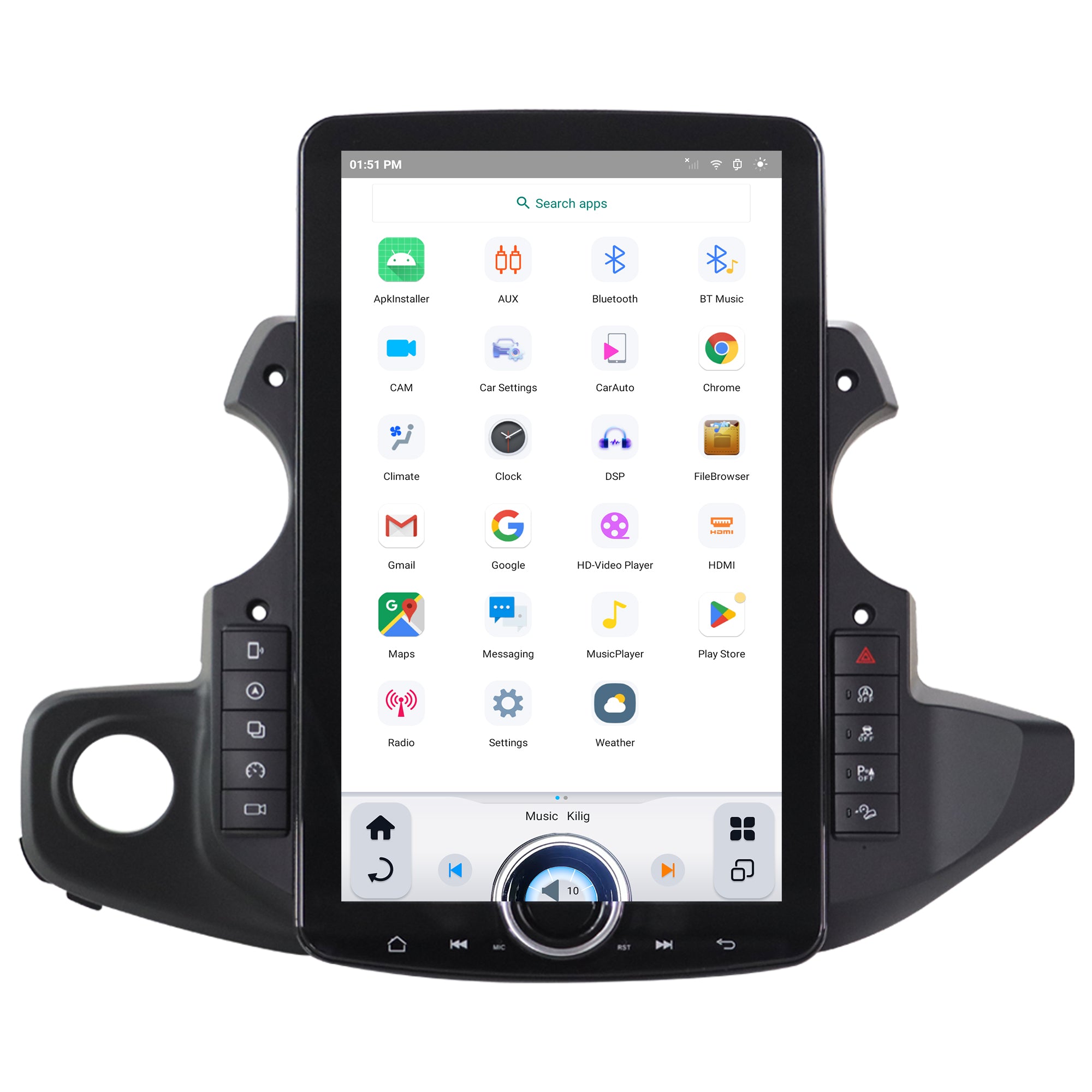
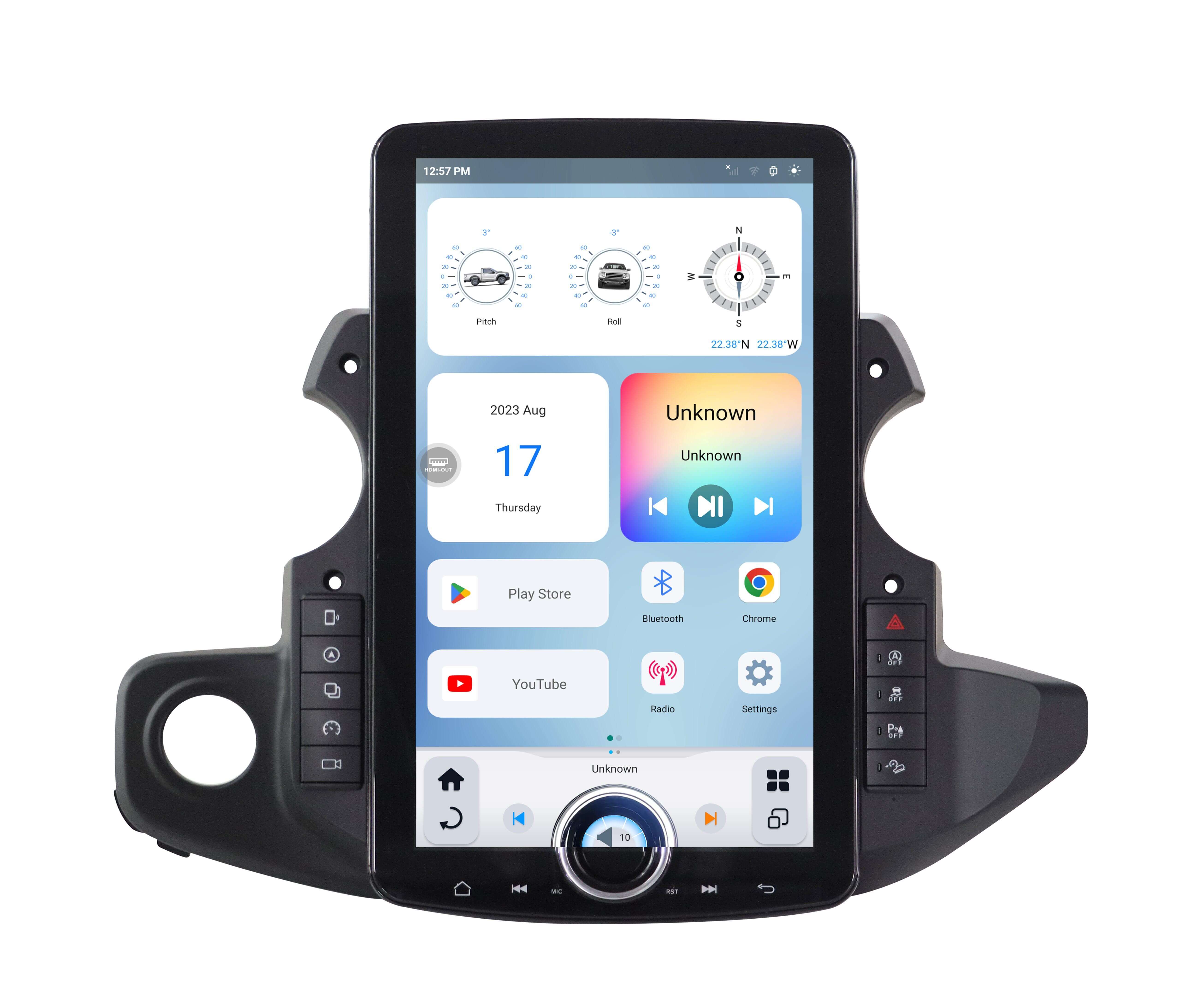
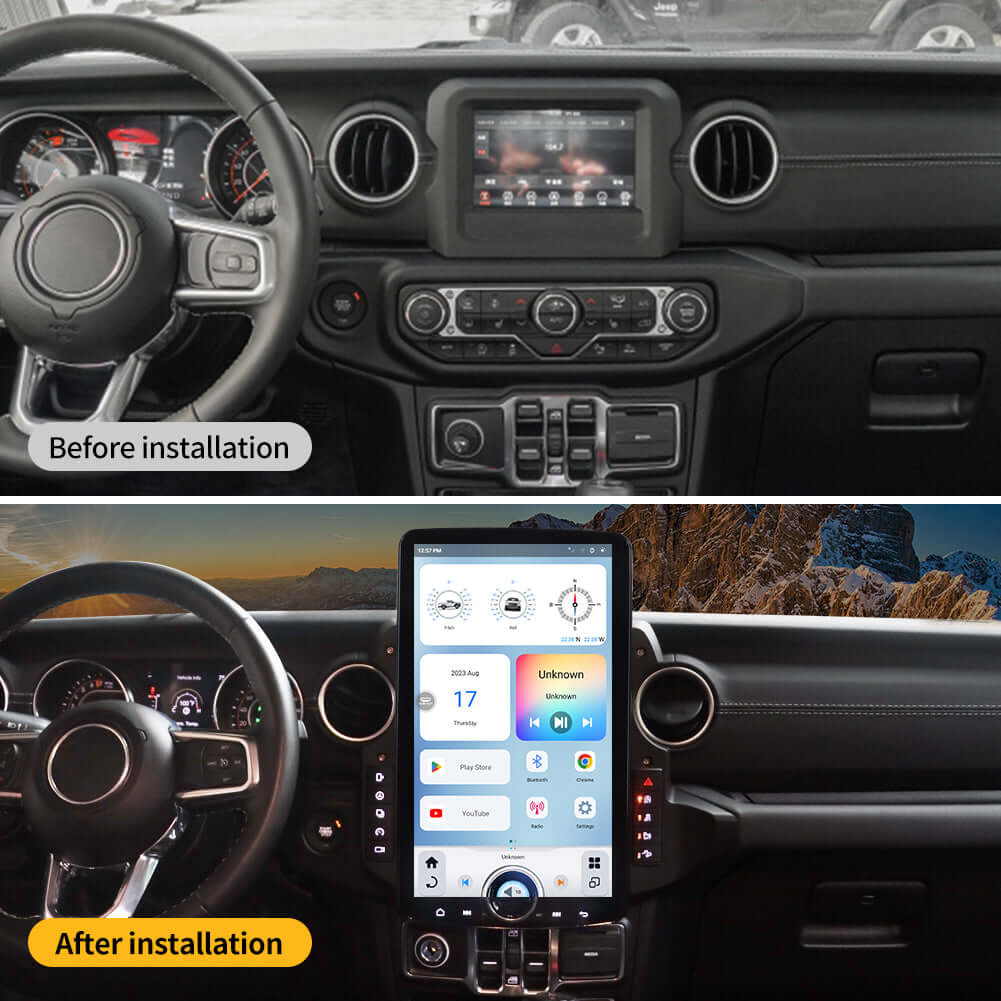

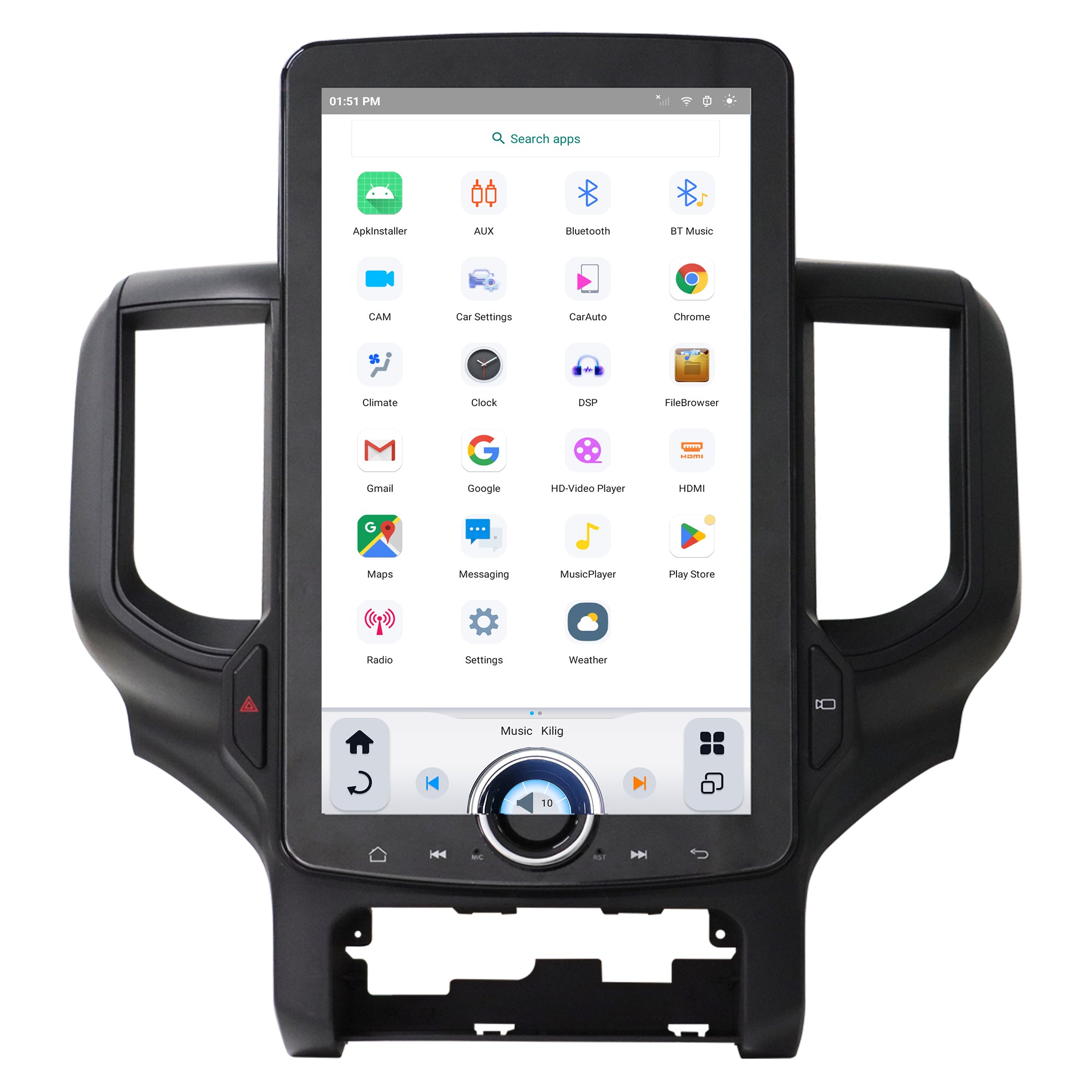
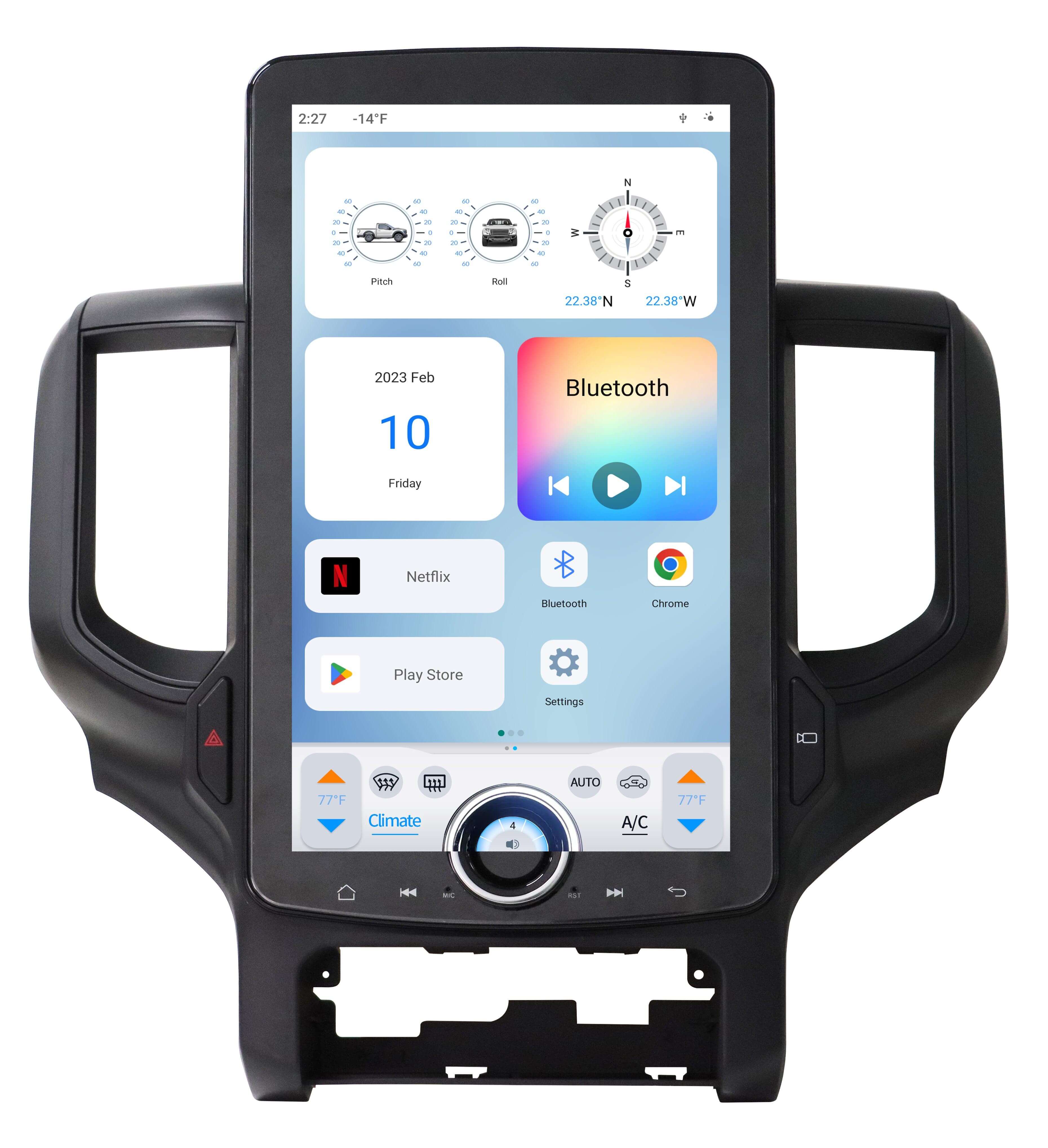
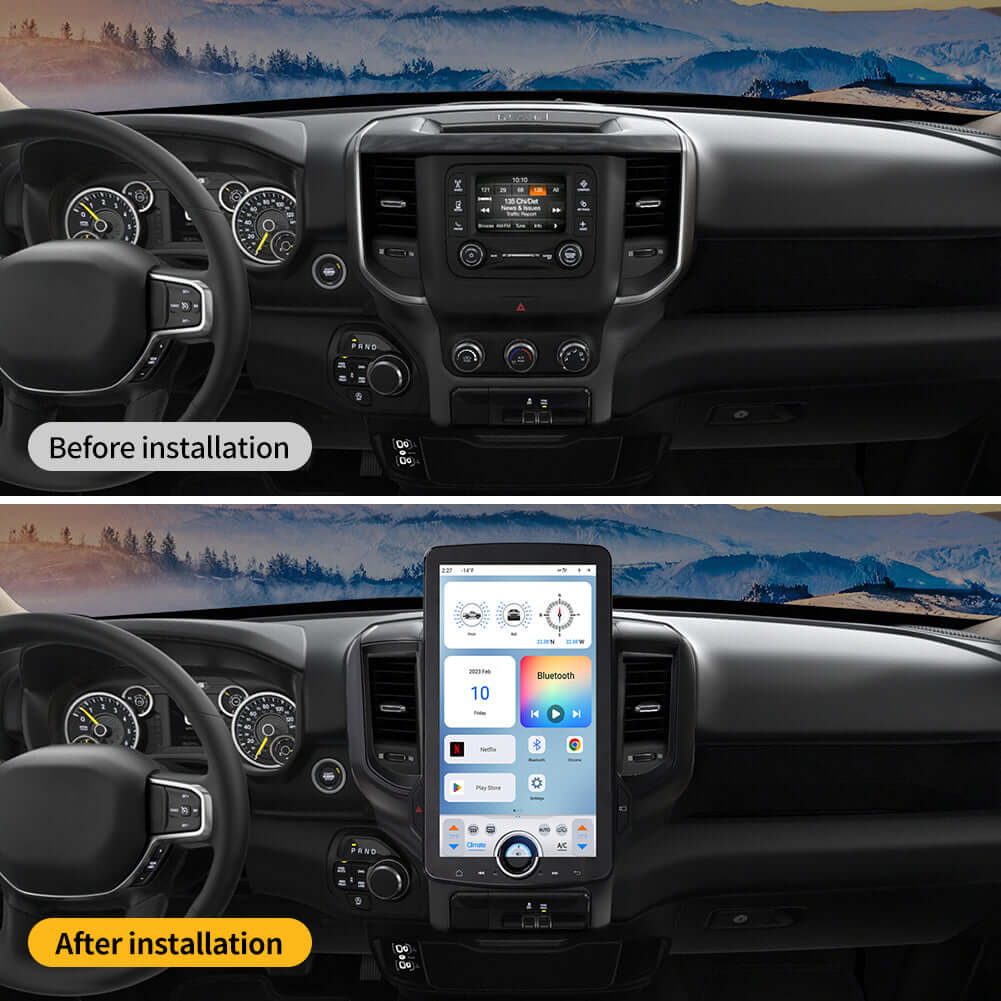
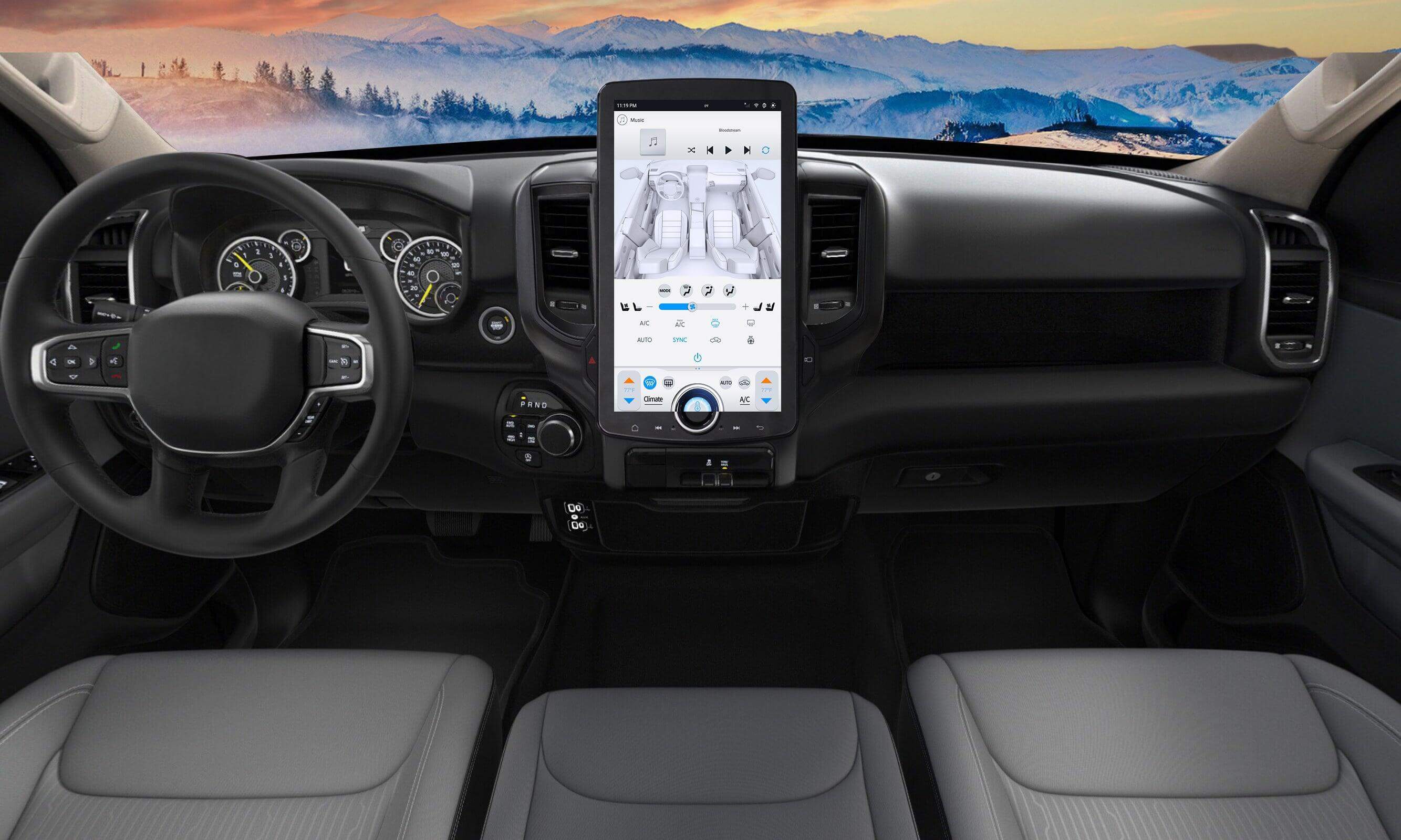
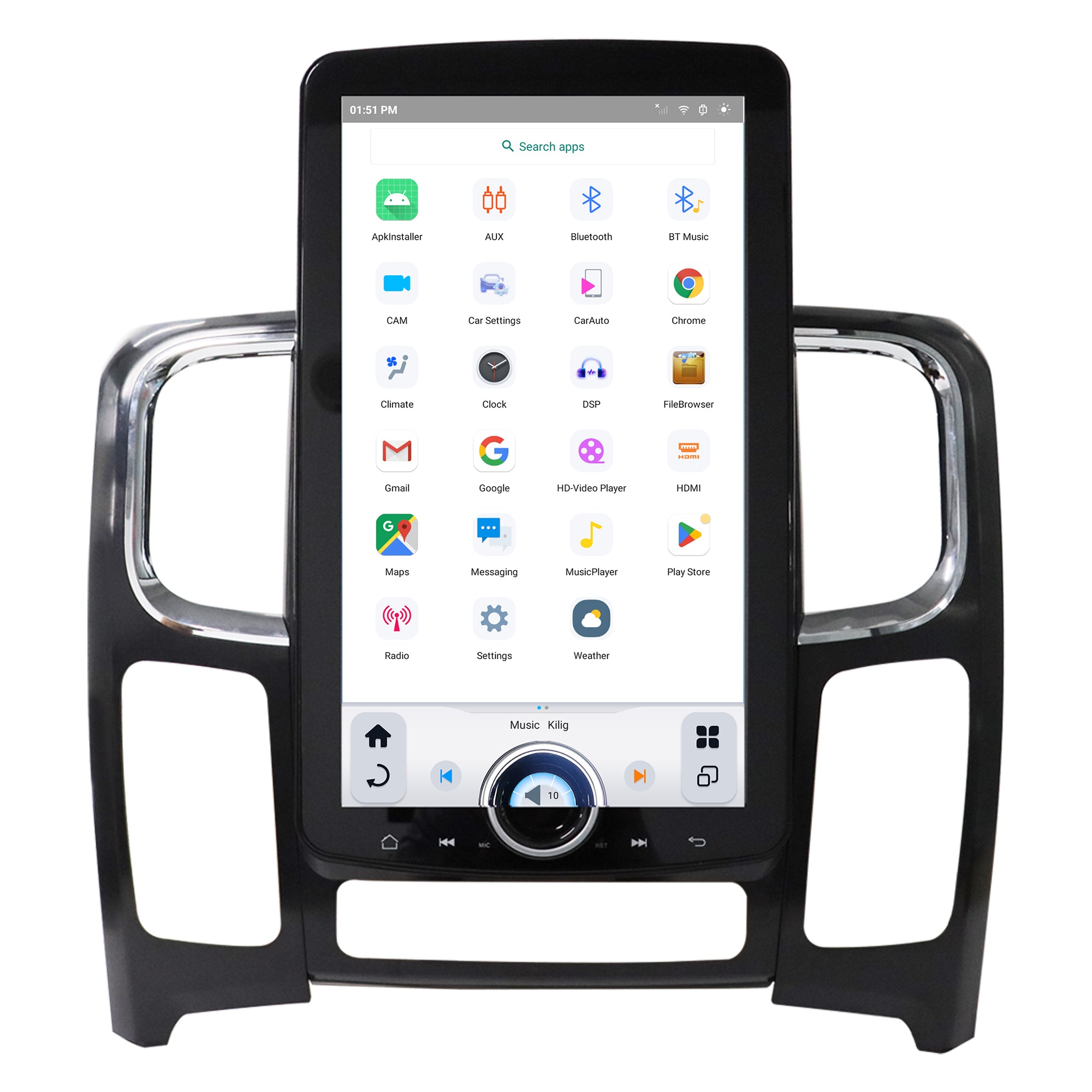
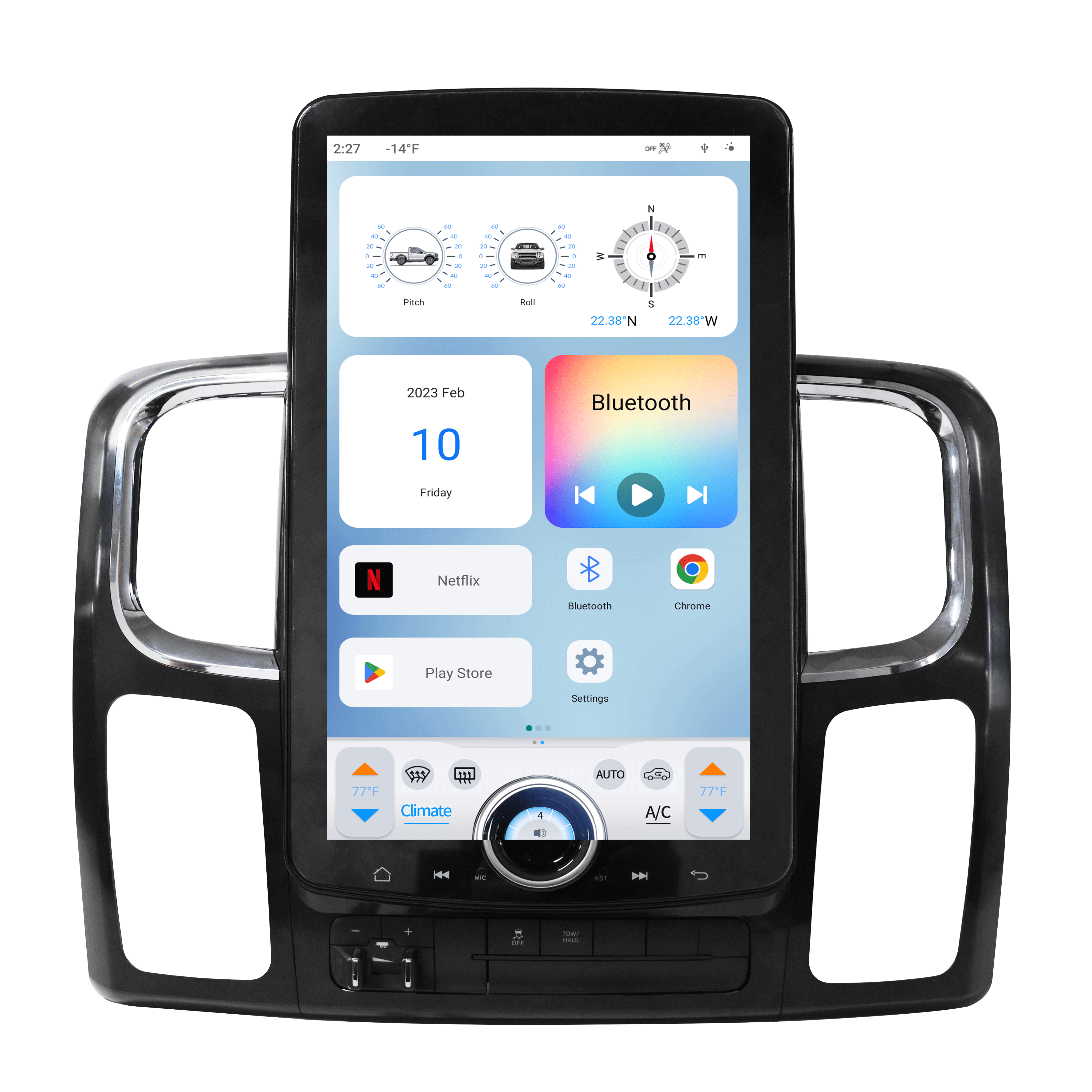
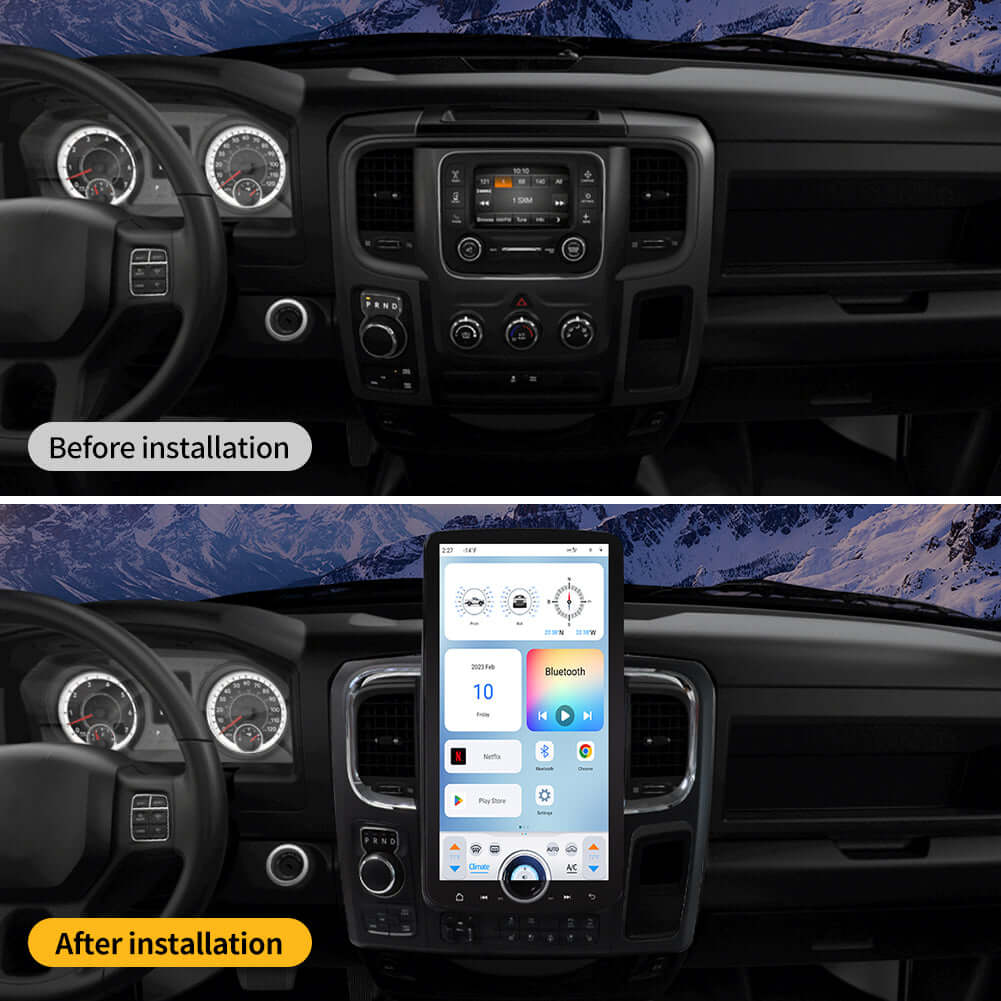
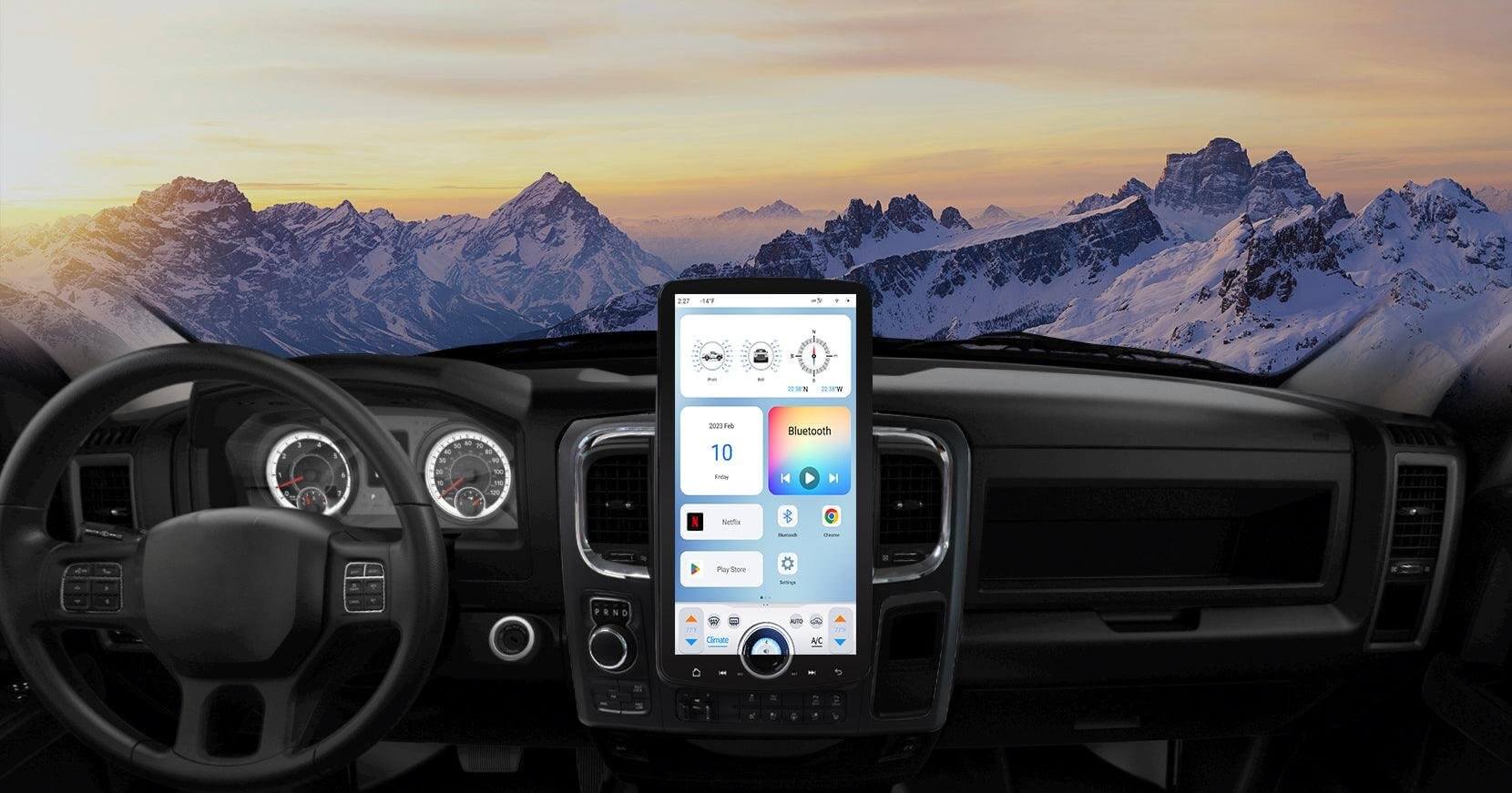
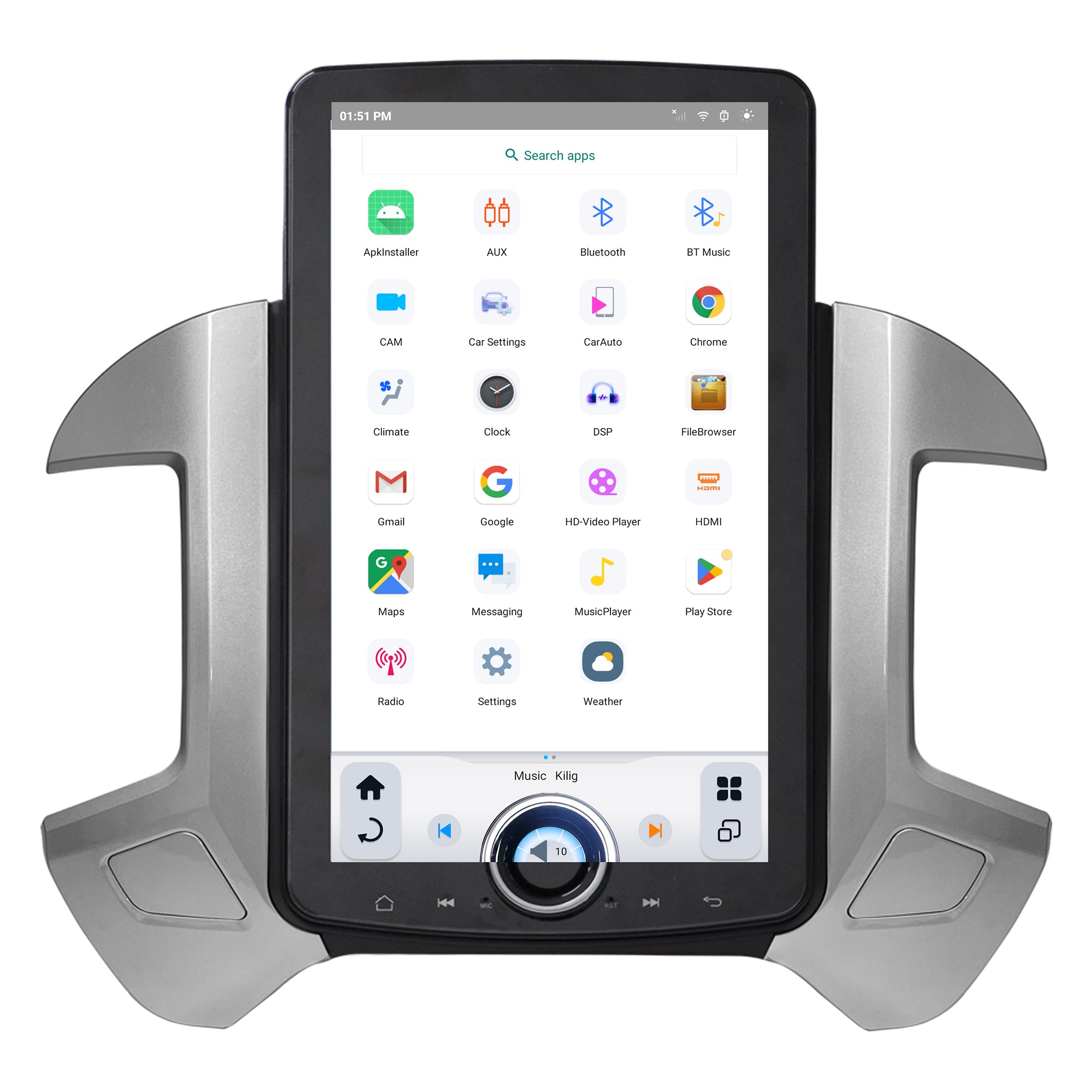

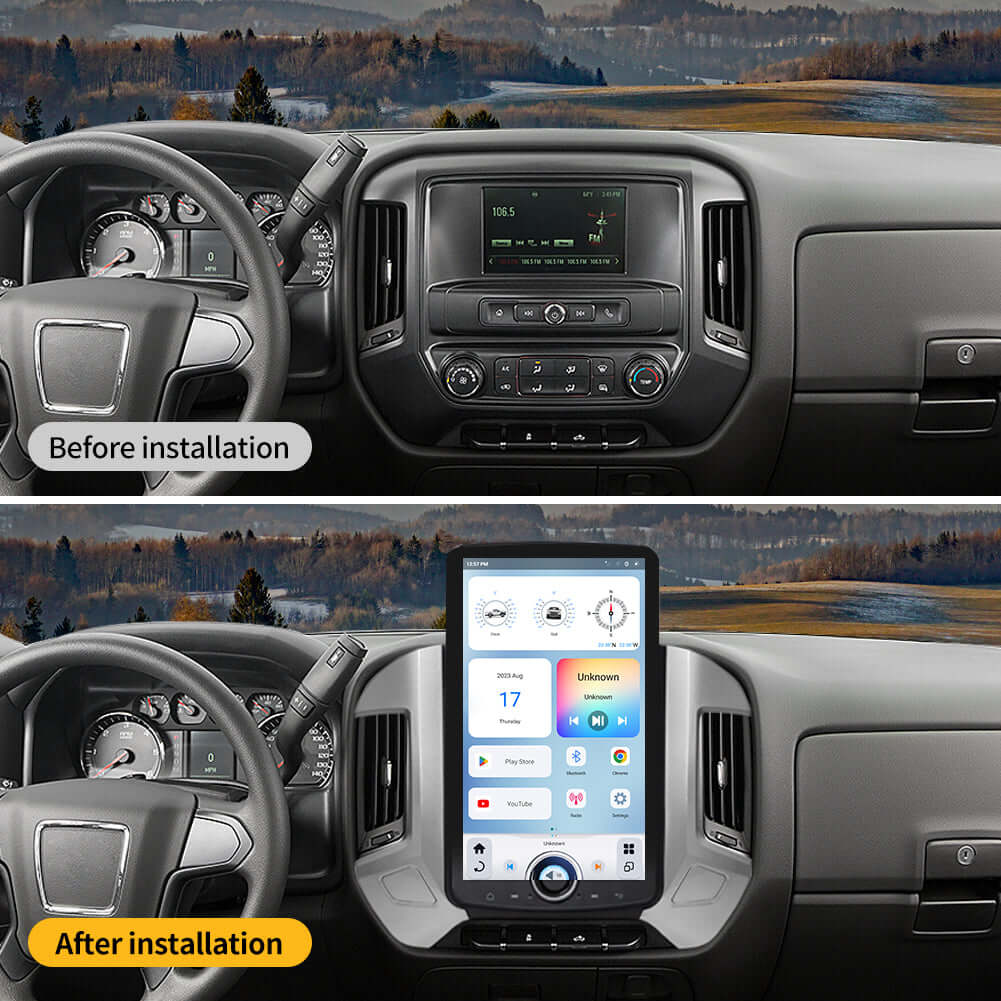
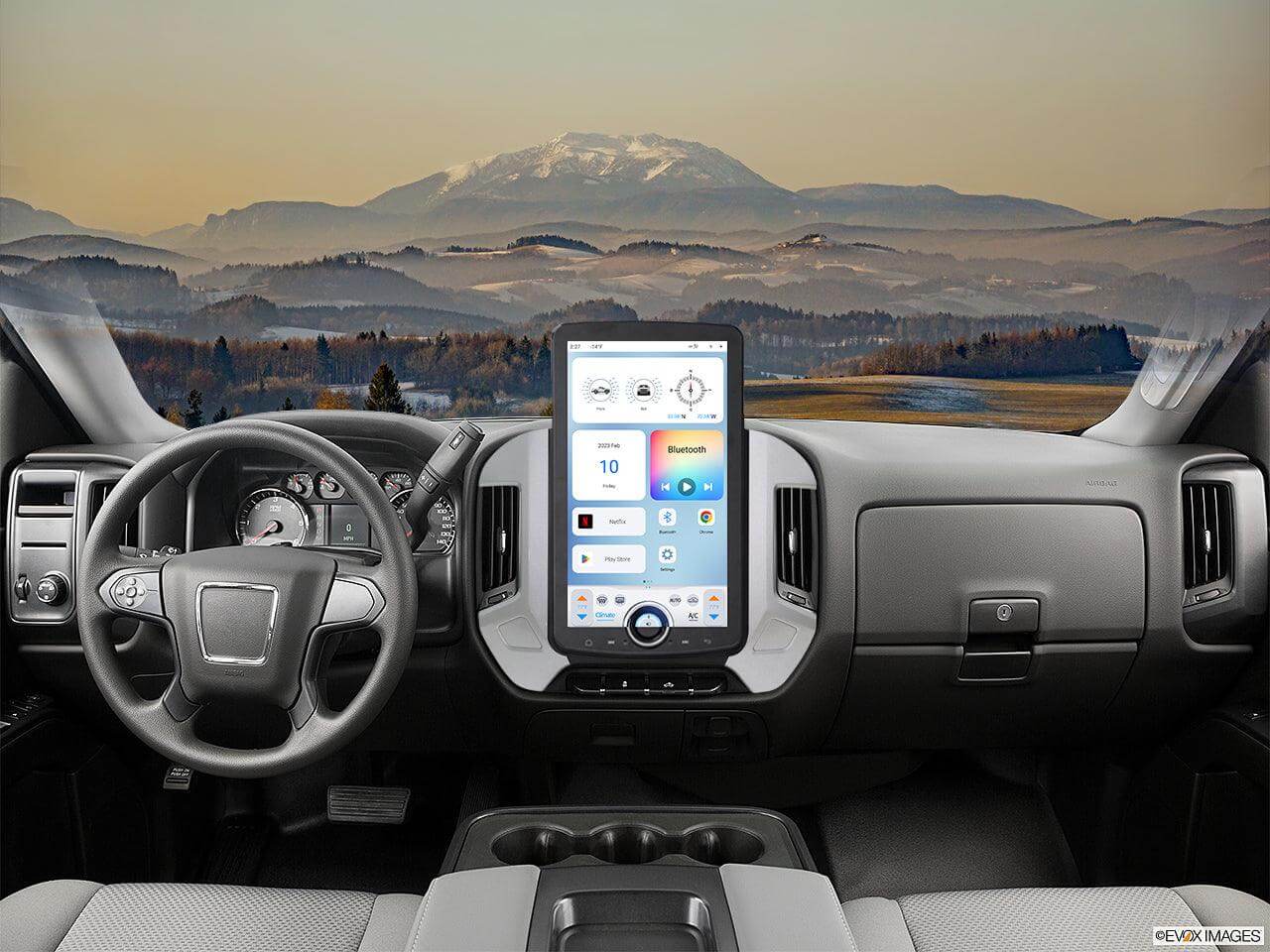
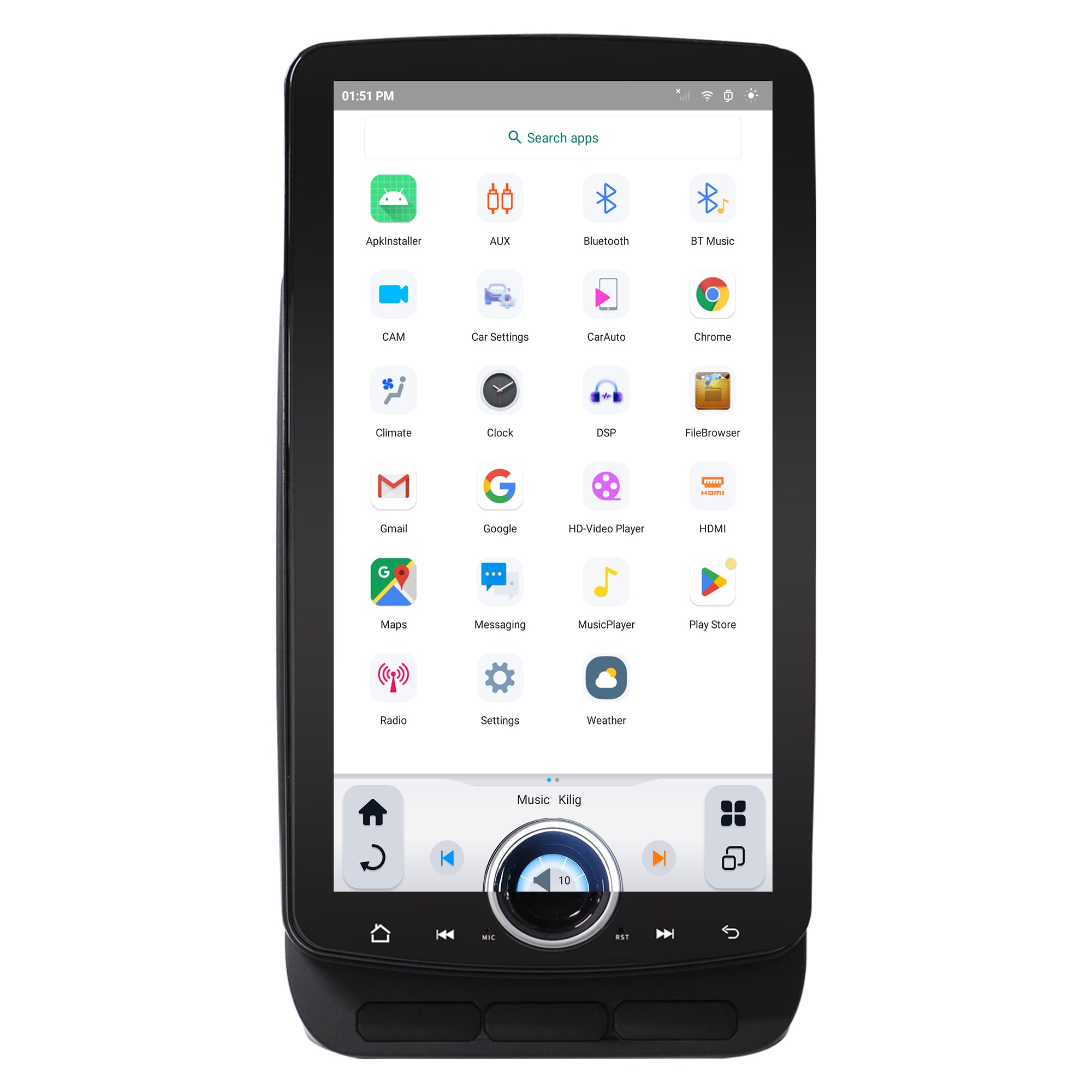
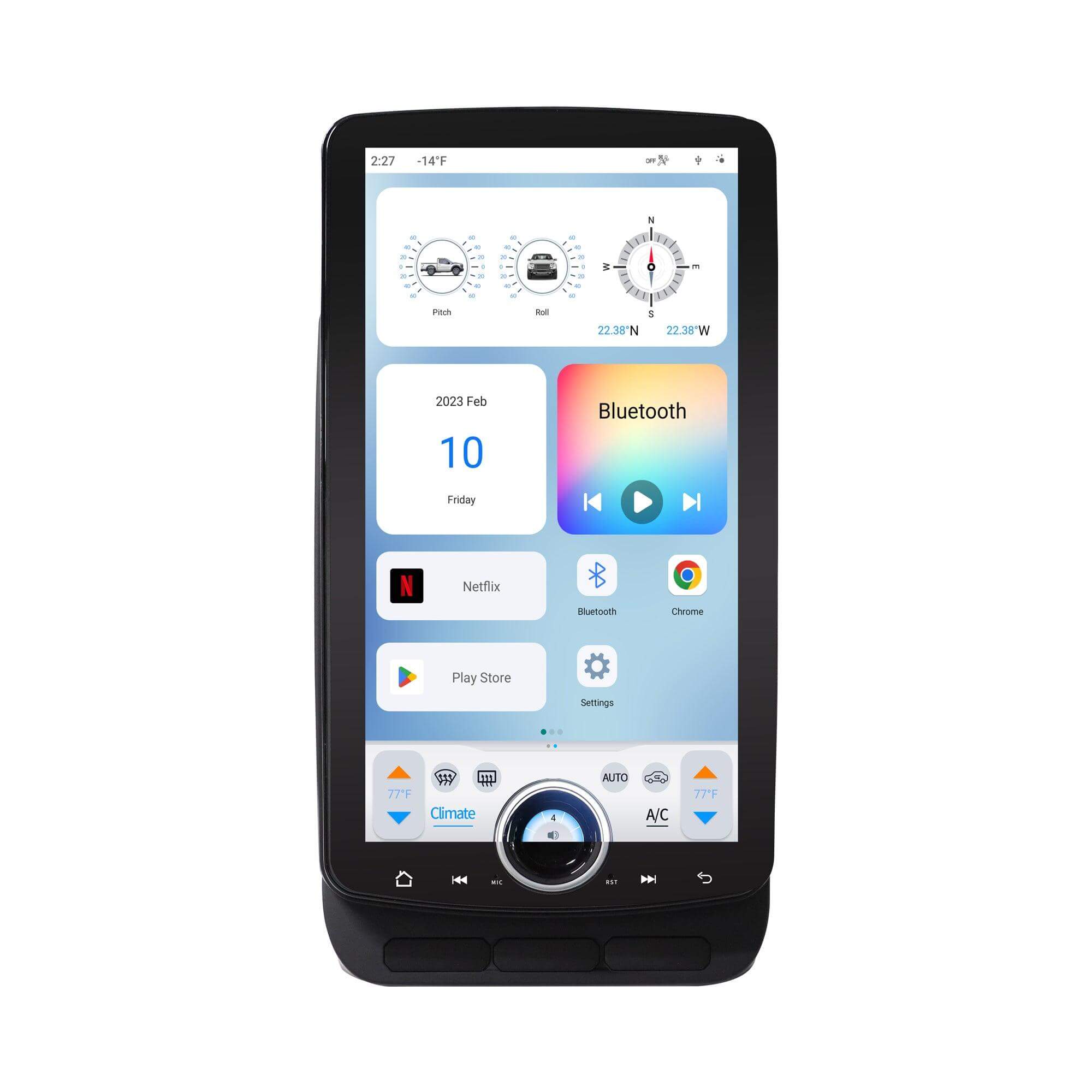
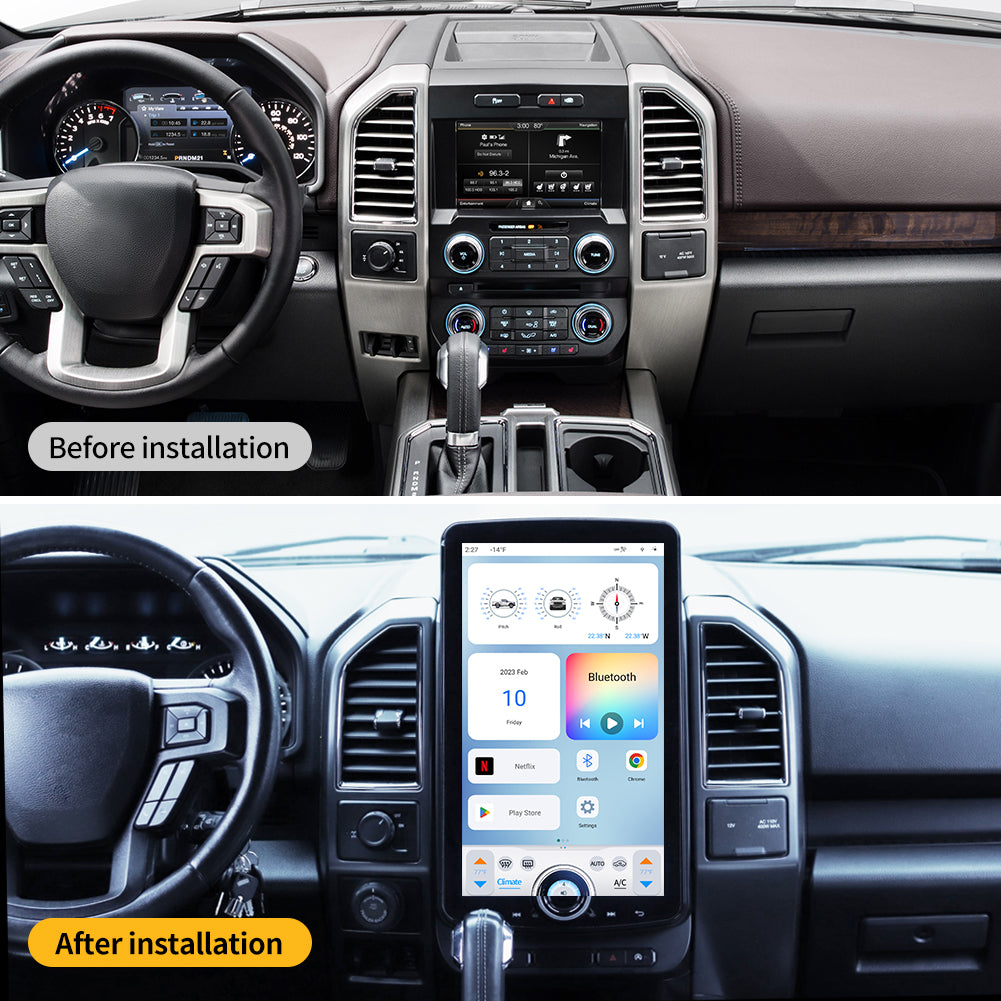
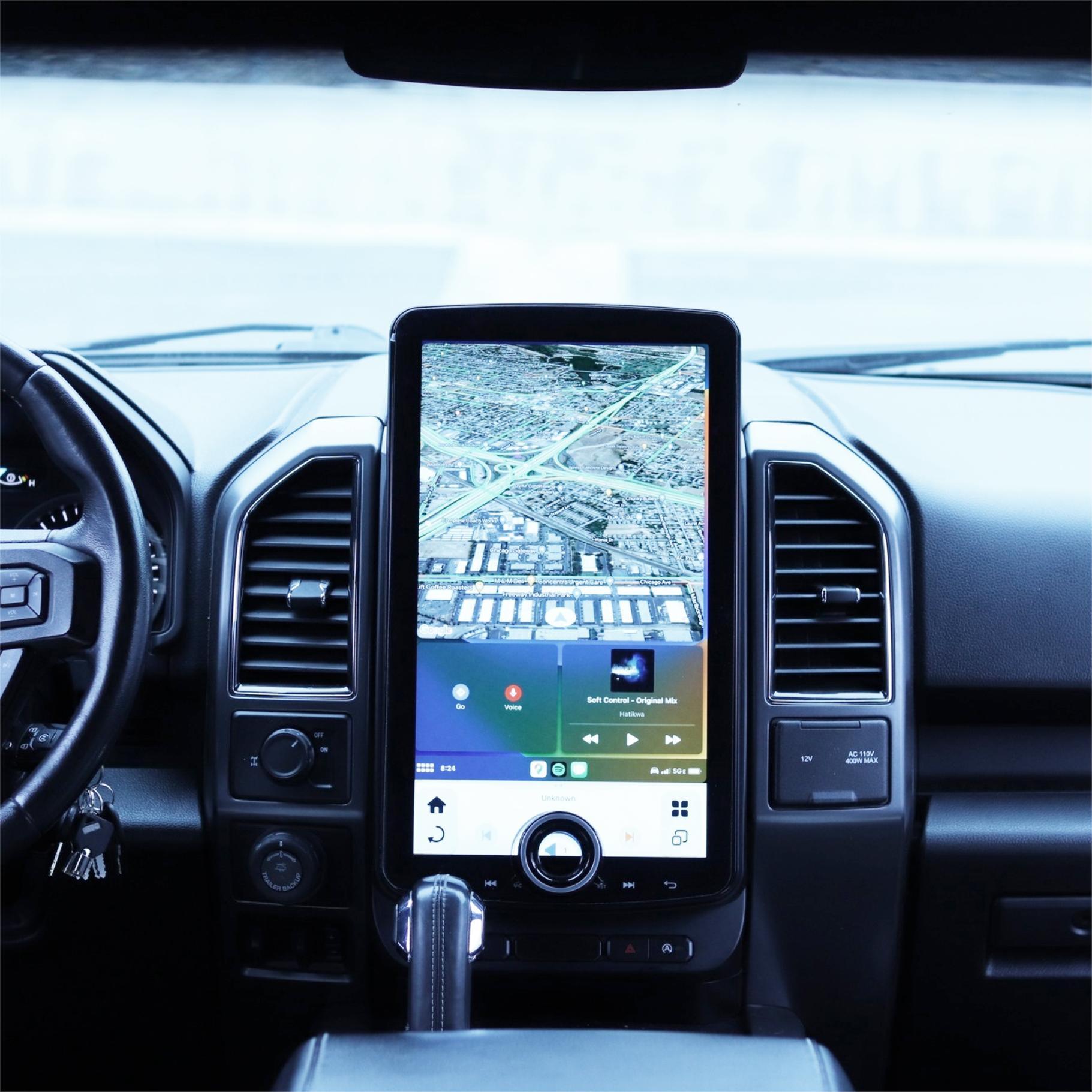
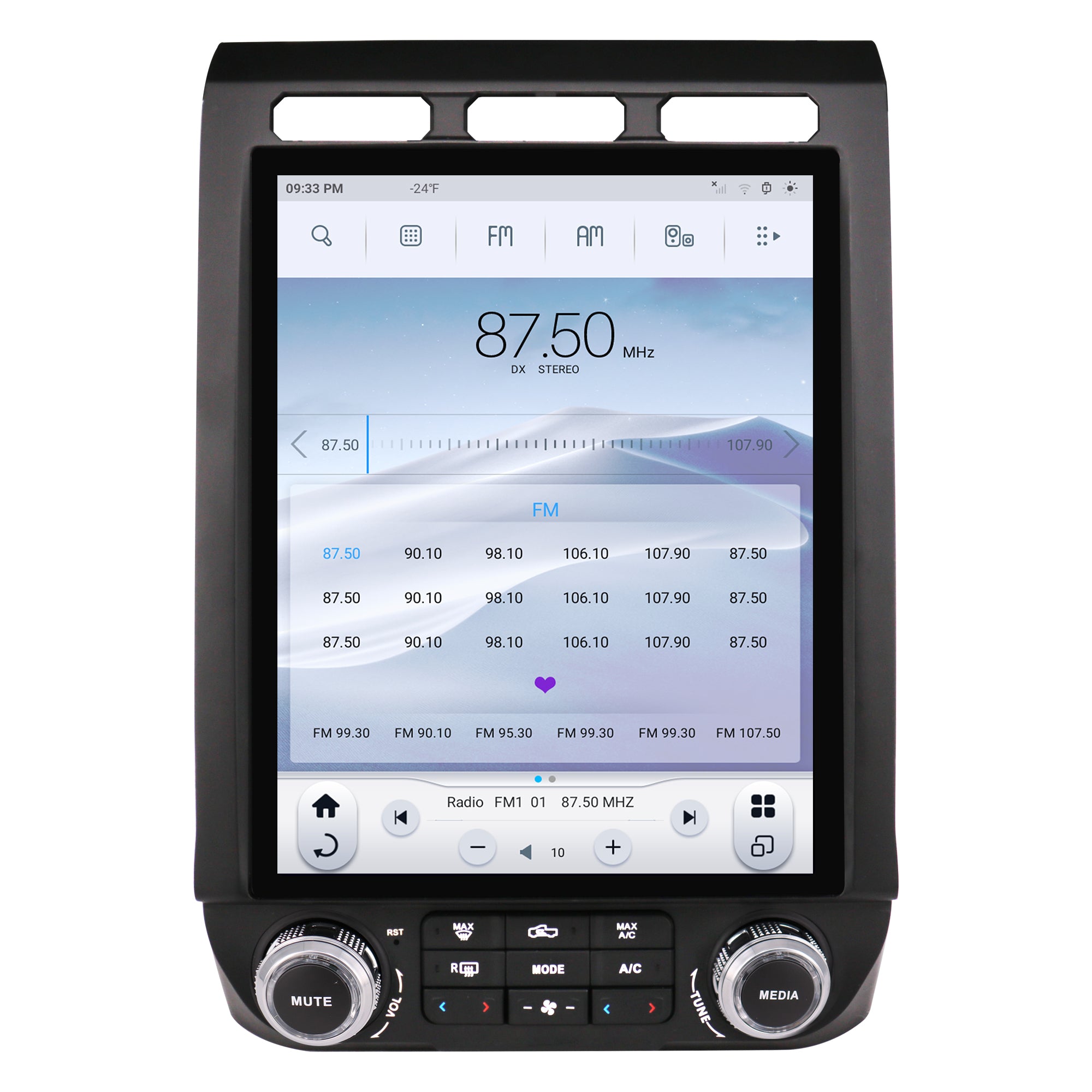
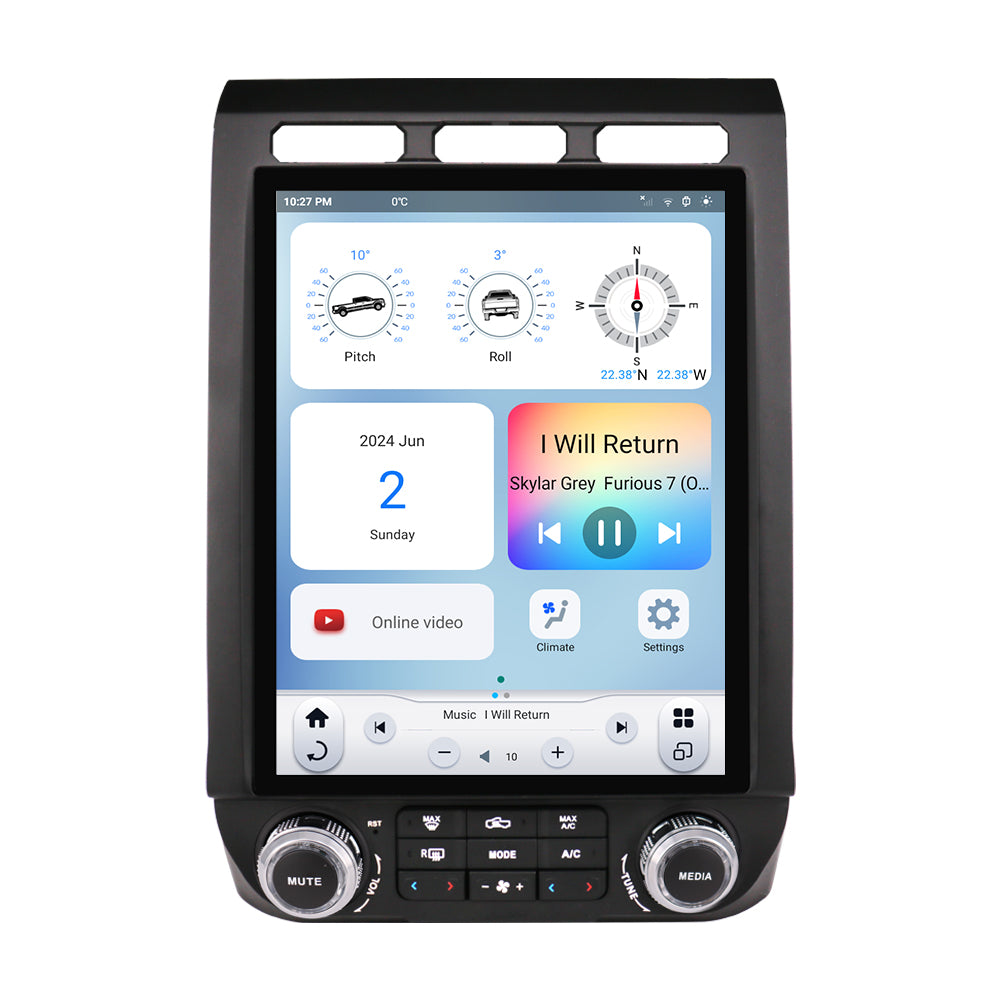
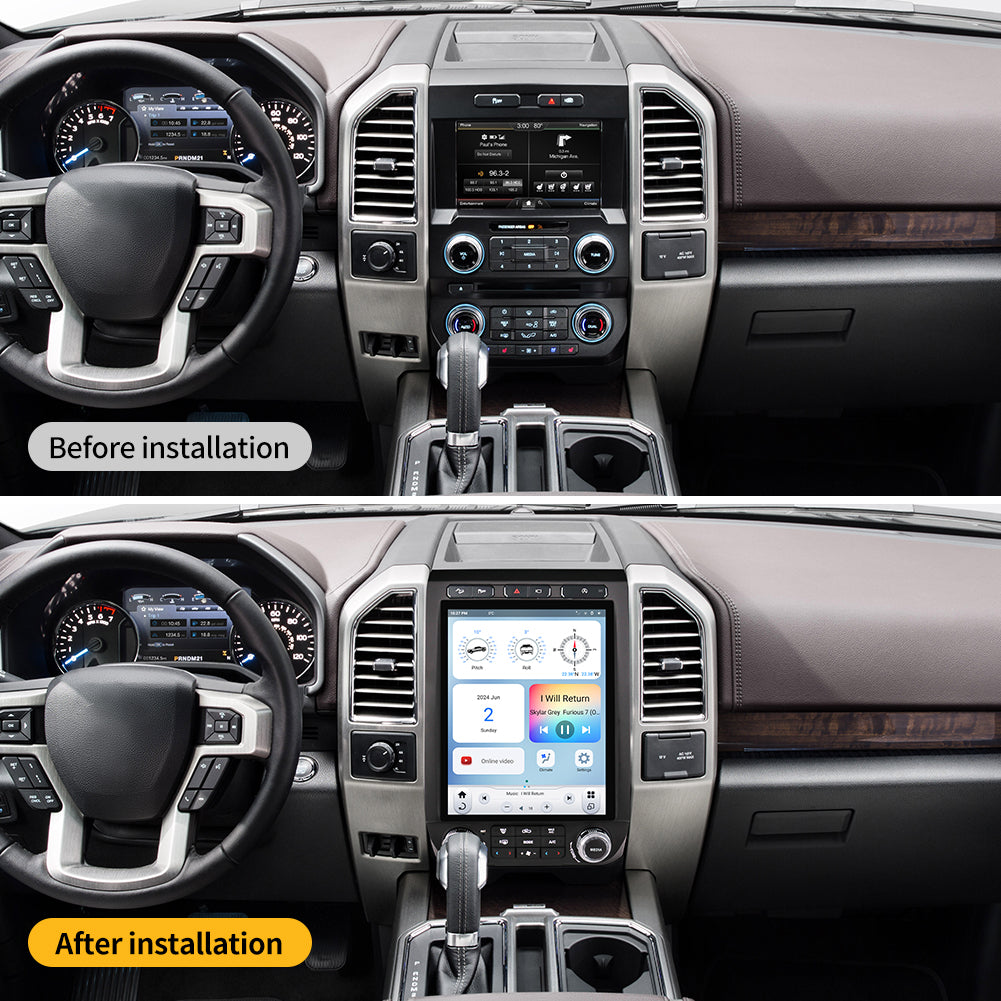
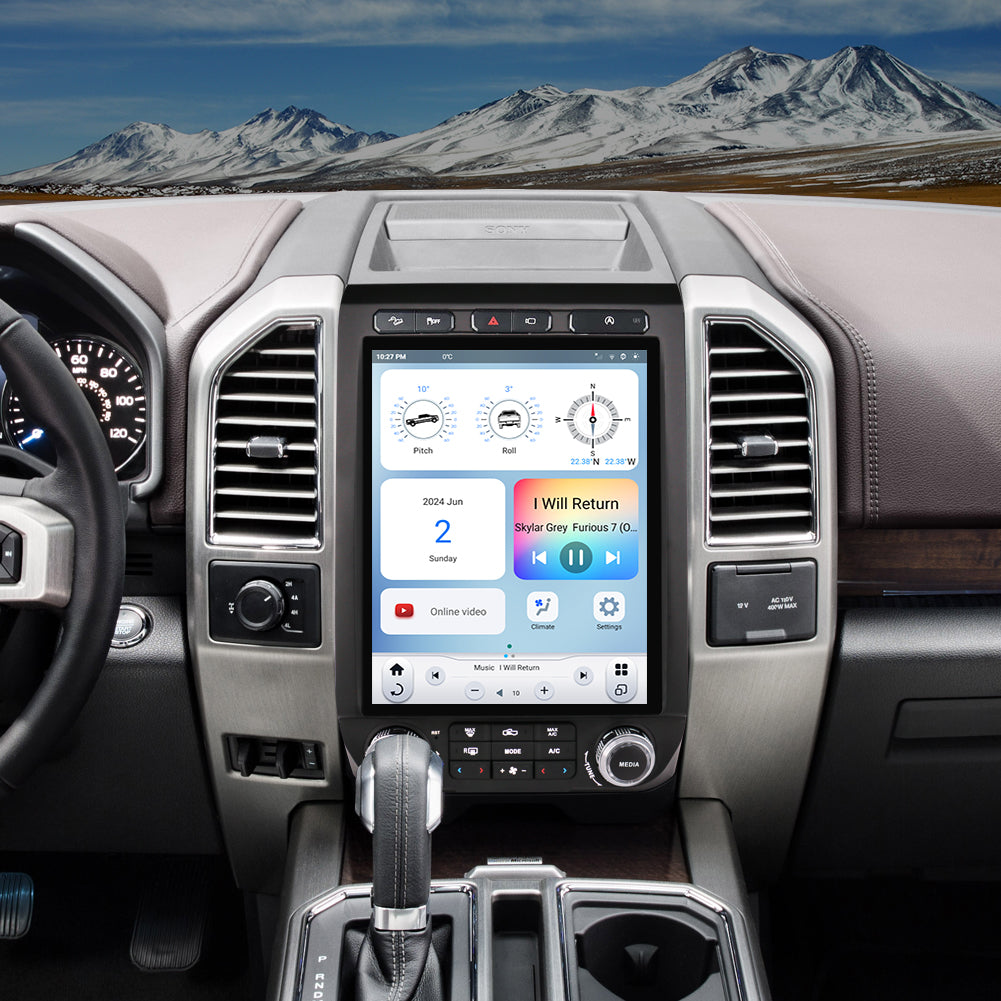
Share:
What Does a CANBUS Box Do for a Car Stereo?
Single-DIN Radio vs. Double-DIN Radio: What’s the Difference?